Stuttgart playing cards, ca. 1430
49 of the originally 52 cards of this very early handpainted deck survive today.
The set of suits is unique to this deck, and all four relate to the royal hunt: ducks, falcons, hounds and harts. The former two each consists of pip cards from one to nine, a banner ten, Unter, Ober and King. The latter two have the same structure, but all court cards are female, meaning that they have queens, but that these have ranks equivalent to the kings of the former two suits.
It is very tempting to assume that this indicates that two of the
suits – most likely the female ones – were weak
, meaning that
lower numbered pip cards beats higher ones. Supporting this is the fact
that this distinction coincides with the distinction between birds and
animals and also between right-pointing and left-pointing banners in the
tens.
However, this is less likely the case in one of the three Italian
non-tarot decks in the Budapest collection,
where all court cards in a single suit are female. Another
structurally different treatment of female courts is found in the
Cary-Yale
Visconti trionfi, where all four
suits have female counterparts in addition to all three normal Italian
courts – knaves, knights and kings.
The queens are seated on thrones as typical for kings in Italian decks, while the kings are on horseback, as both kings and queens are in several other German luxury decks.
Apart from making half the court cards female, this deck is structurally very close to the presumed transalpine prototype deck, which gave rise to the German, Swiss and ultimately French styles of playing cards. Perhaps this deck even is the starting point for the tradition of including queens as a separate rank just below the king in later German luxury decks.
 |
 |
 |
 |
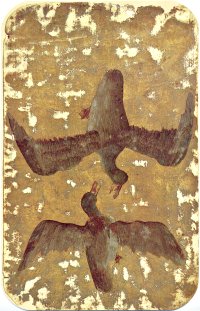 |
 |
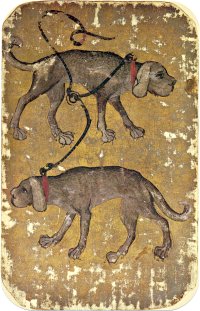 |
 |
 |
 |
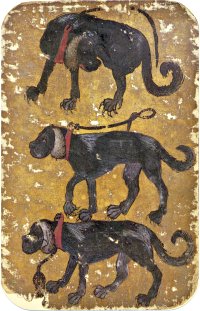 |
 |
 |
 |
 |
|
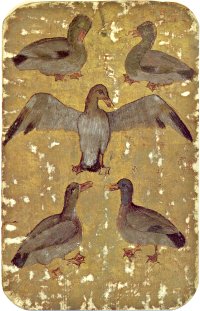 |
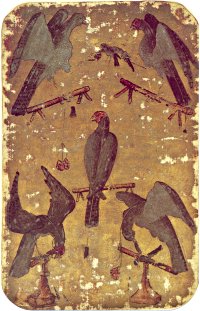 |
 |
 |
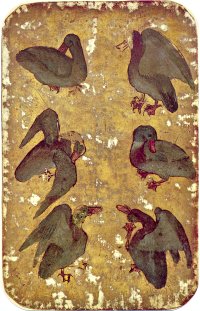 |
 |
 |
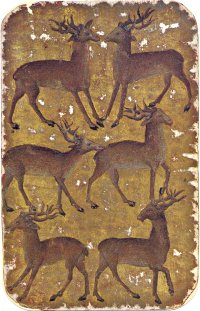 |
 |
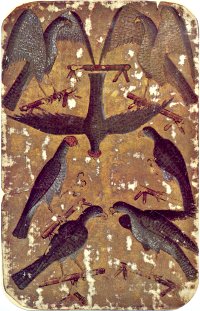 |
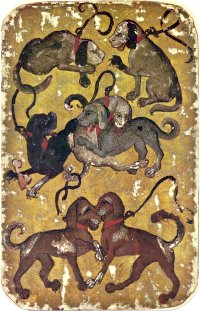 |
 |
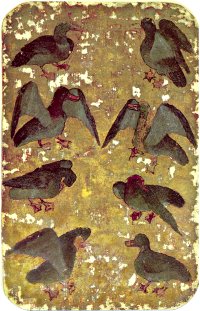 |
 |
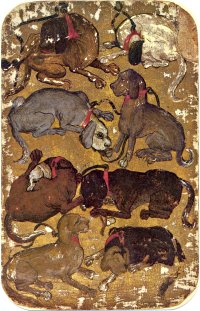 |
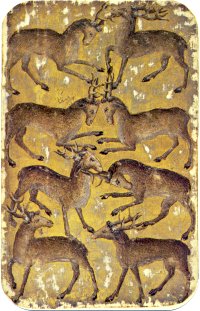 |
 |
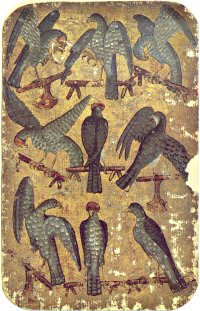 |
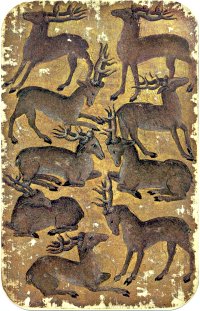 |
|
 |
 |
 |
 |
 |
 |
 |
|
 |
 |
 |
 |
 |
 |
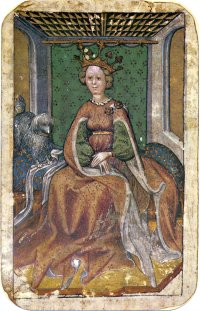 |
 |